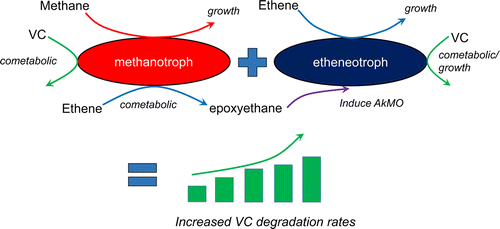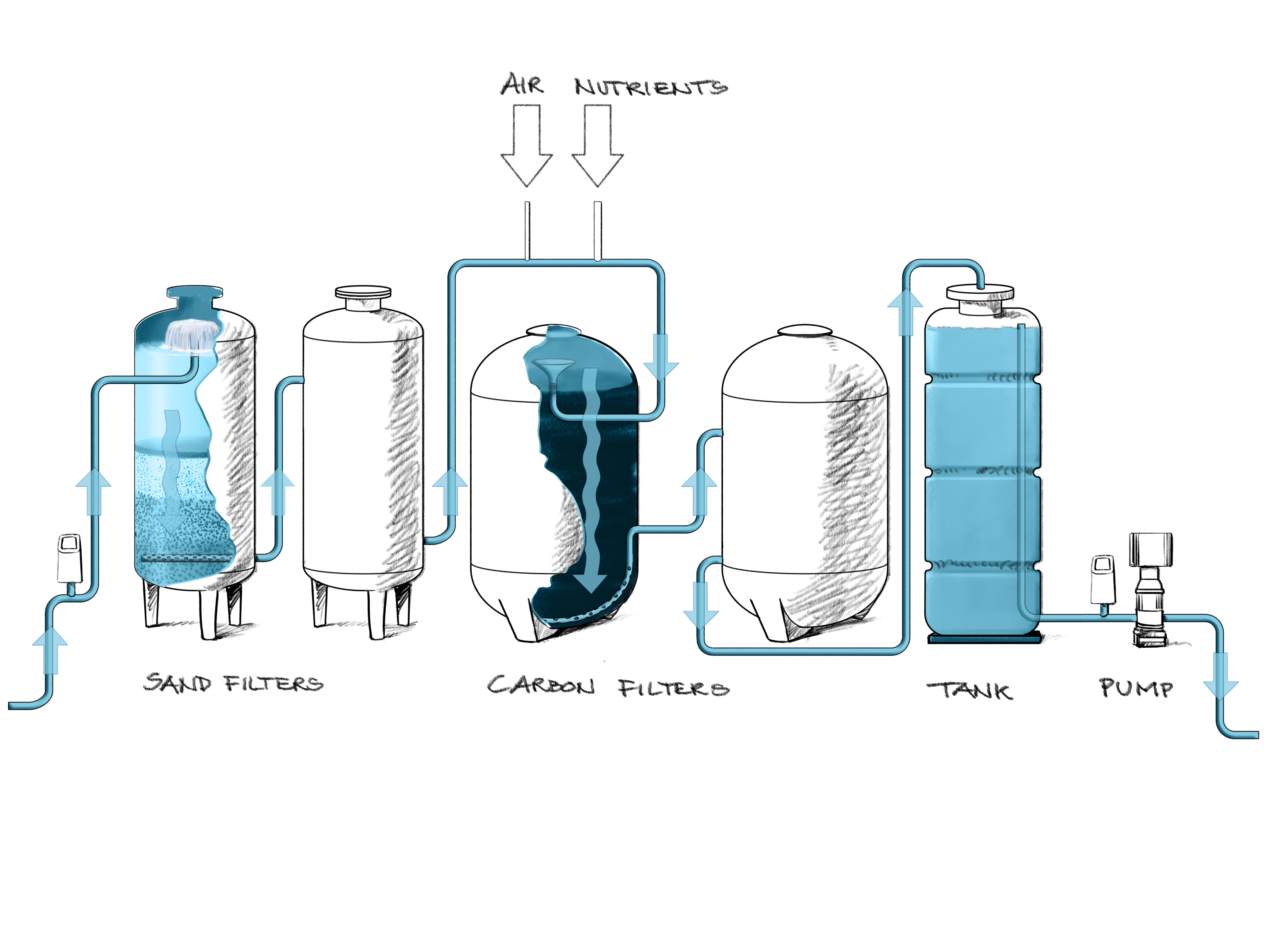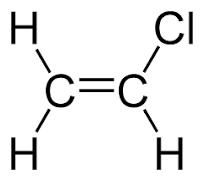Orc treatment of vinyl chloride results from controlled laboratory studies and field applications support the ability of orc to effectively enhance the biodegradation of vinyl chloride.
Aerobic biodegradation of vinyl chloride.
Populations and enhance the rate of aerobic dechlorination of vinyl chloride.
Anaerobic oxidation of vinyl chloride under humic acids reducing conditions.
Aerobic biodegradation of vinyl chloride by a highly enriched mixed culture.
Microbial oxidation of vinyl chloride under iron reducing conditions.
Less information is available on the aerobic biodegradation of vinyl chloride.
Aerobic bioremediation of 1 2 dichloroethane 1 2 dca and vinyl chloride vc was evaluated at field scale in a layered silty and fine sand anaerobic aquifer.
A highly enriched aerobic culture that degrades vc as a growth substrate was obtained from a chloroethene contaminated aquifer material.
Petroleum hydrocarbons less chlorinated solvents like vinyl chloride soil organic matter and reduced inorganic compounds are all compounds that can act as electron donors.
Role of acetogens in anaerobic oxidation of vinyl chloride.
Project remediation related activities.
Aerobic biodegradation is the breakdown of organic contaminants by microorganisms when oxygen is present.
More specifically it refers to occurring or.
Accumulation with anaerobic conditions disqualified aerobic microbial metabolism as a significant mechanism for bioremediation of these compounds under in situ conditions.
Data showed vc isotopic enrichment co 2 isotopic depletion vc degrading bacteria.
Co 2 concentrations and temperature were used to identify factors controlling vc biodegradation.
6 isolated amycobacterium strain which used vinyl chloride as the sole carbon and energy.
The investigation provided multiple lines of evidence that demonstrated aerobic biodegradation of vinyl chloride vc was occurring in the vadose zone i above the on site source zone and ii above the downgradient off site groundwater plume location.
Vinyl chloride vc aerobic biodegradation in the vadose zone was demonstrated.
Maximum concentrations of 1 2 dca 2 g l and vc 0 75 g l in groundwater were within 25 and 70 of pure compound solubility respectively.
Without a demonstrable mechanism for in situ biodegradation of chloroethenes to non toxic.
Biotransformation of vinyl chloride under methanogenic conditions has been reported although degradation was shown to be relatively slow and incomplete 1 4.
Aerobic biodegradation of vc was regulated by the temperature of the vadose zone.
Rdx biodegradation assessment naval submarine base bangor washington.




















